James Knox Taylor, supervising architect
1910
1009 Hull St.
The former Manchester post office is an architectural gem. If the 20th century is called “The American Century,” this jingoistic spirit was reflected in the federal government’s 1901 decision to have its major public buildings reflect the dignified and classical architecture of ancient Greece and Rome. Upon its completion in 1910 however, the post office on Hull Street served only briefly the City of Manchester since the municipality merged with the neighboring, and much larger, City of Richmond that same year.
James Knox Taylor (1857-1929), the supervising architect of the United States Department of the Treasury from 1897 to 1912, was the supervising architect. The red brick, granite, and limestone five-bay structure takes its elegant stylistic cues from the Doric order of architecture. Situated on a grassy knoll just one block south of the Manchester courthouse, 13 granite and concrete exterior stairs lead to the front entrance. The doorway is crowned by a Roman arch into which is set a sculpted bald eagle. The doorway is flanked on each side by two large windows with stone jack arches. A recessed limestone panel, embellished with a festoon, is set above each window. A plinth of granite and limestone supports the single-story structure’s brick walls which are laid in a Flemish bond pattern. The cornice that embraces all four sides of the building is lavishly articulated with a simplified Greek key pattern.
This is one of many federal post office and courthouse designs in Virginia that emanated from the drawing boards of Taylor’s domain at the United States Department of the Treasury. Taylor’s name is engraved on the cornerstone at the southeast corner of the Manchester building along with that of Secretary of the Treasury George Cordtelyou. Taylor’s office designed similarly distinctive federal buildings in Alexandria, Clifton Forge, Fredericksburg, Lexington, Martinsville, Portsmouth (now a city library) Roanoke, Suffolk and Winchester. His office also designed the faithful addition to Richmond’s former United States Customs House (now a federal courthouse) at 1000 E. Main St.. Taylor’s addition expanded on the Italianate style established by an earlier supervising architect at the treasury department, Ammi B. Young in 1858.
In 2008 the former Manchester post office was sensitively remodeled for use as a private office building. Most original interior features, including a large skylight, have been retained.
Taylor was born in Illinois and studied architecture at the Massachusetts Institute of Technology. He then practiced in St. Paul and Philadelphia before joining the staff of the treasury department. After leaving government service in 1912, Taylor headed the architecture department at his alma mater, MIT. He later practiced architecture in Yonkers, N.Y. In addition to scores of post offices, federal buildings and courthouses across the country that are successful Georgian revival and neoclassical structures, Taylor’s work included the Ellis Island Immigration Hospital in New York and the Alaska Governor’s mansion in Juneau.

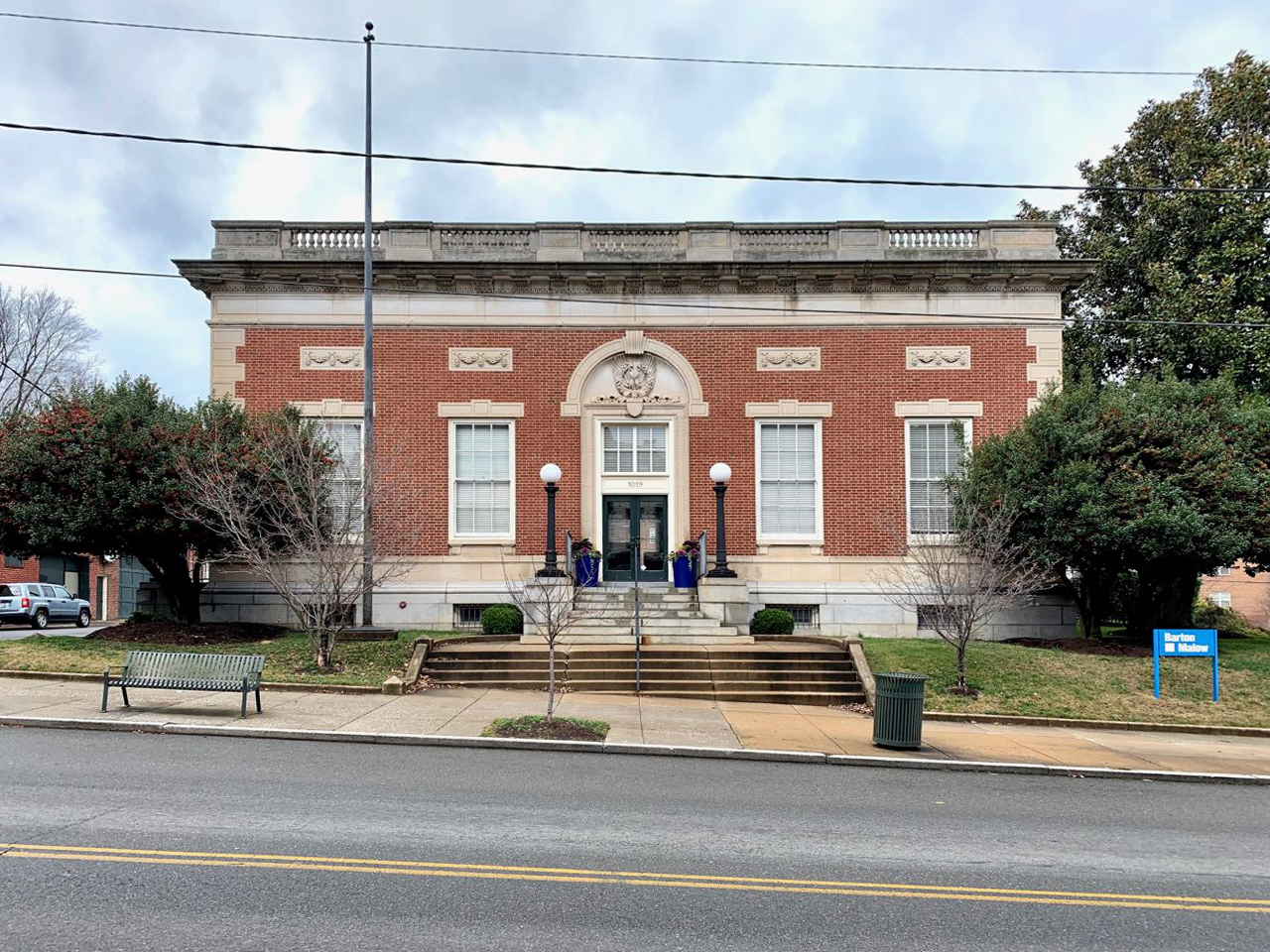
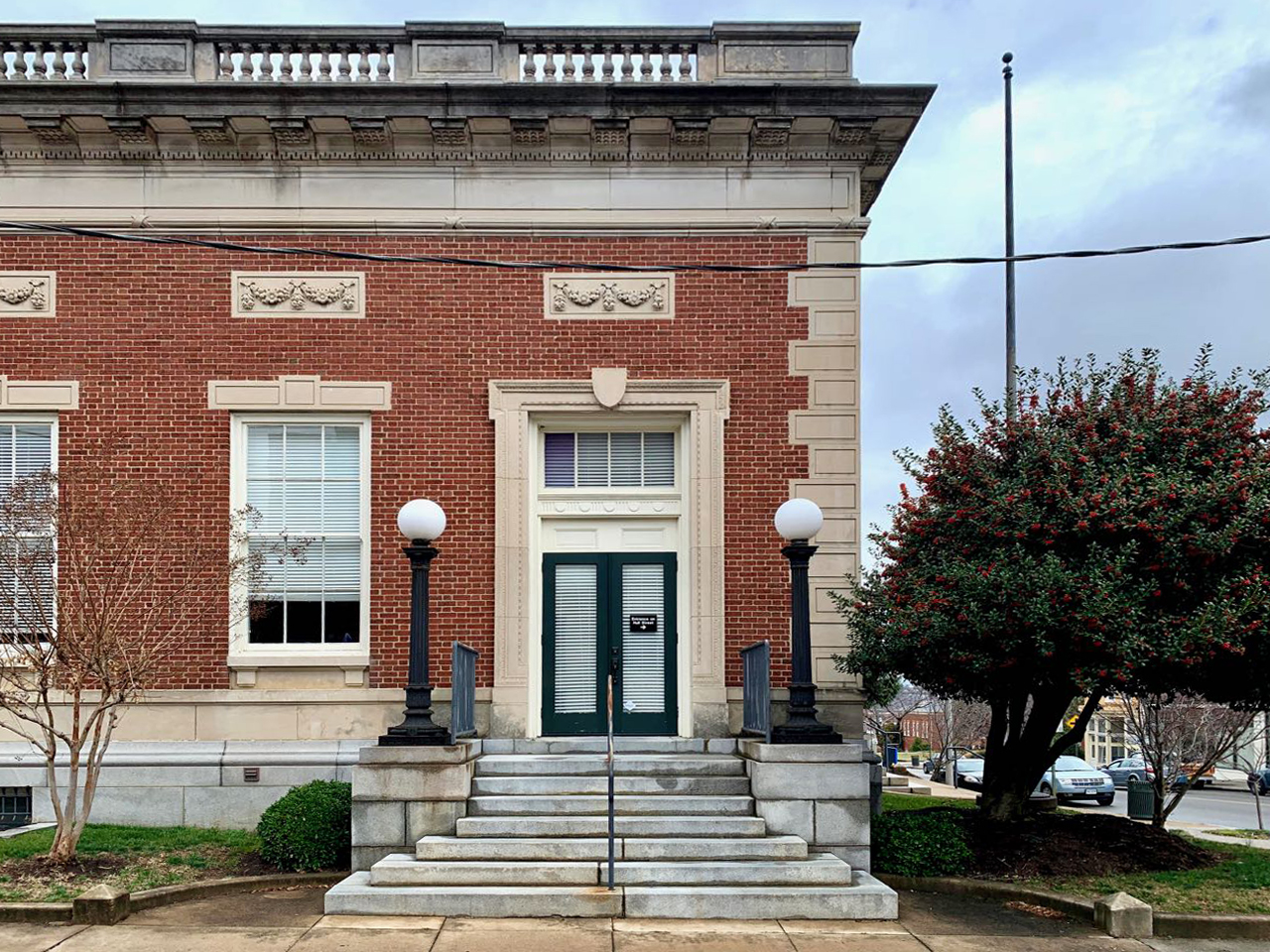
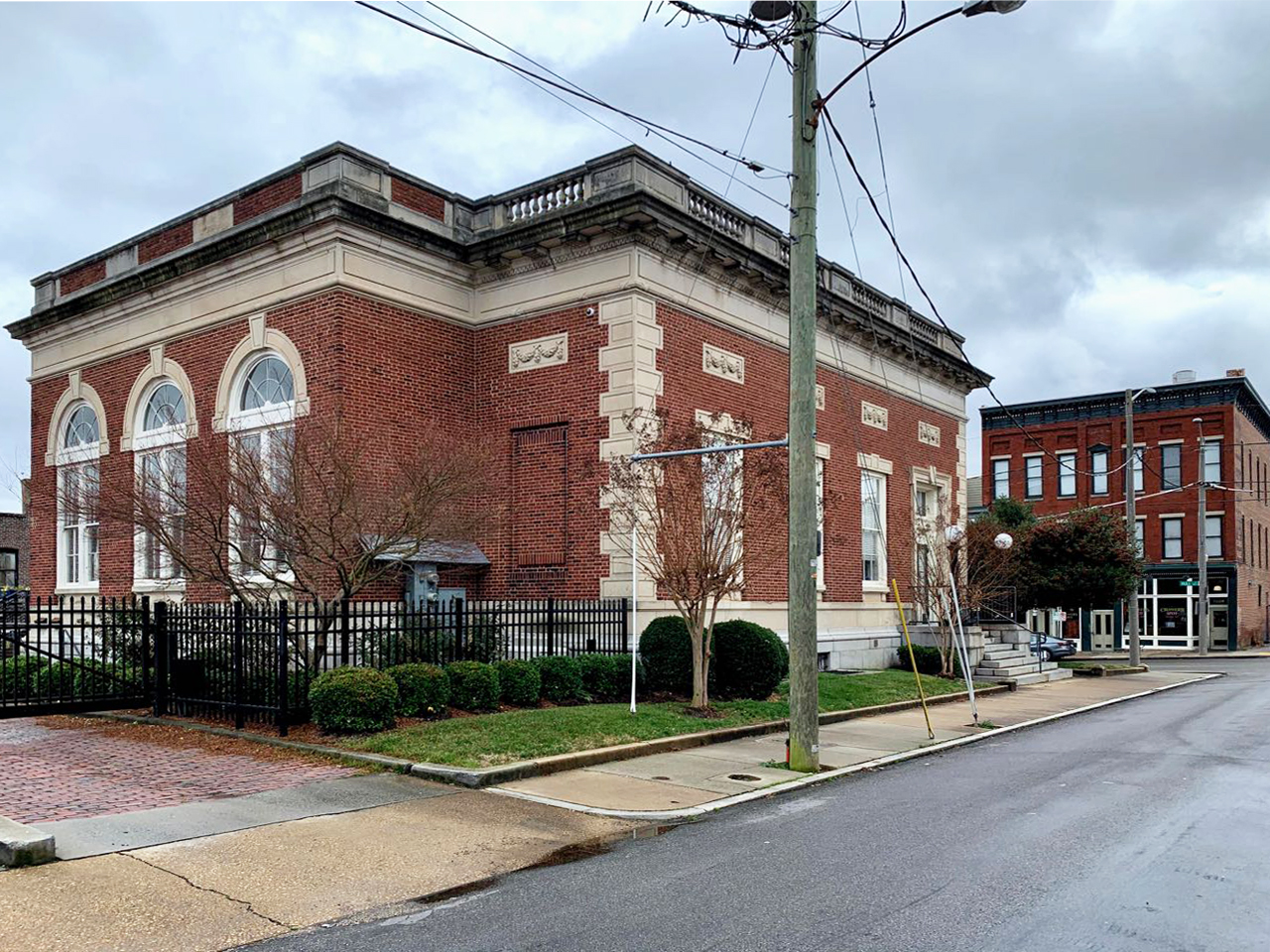


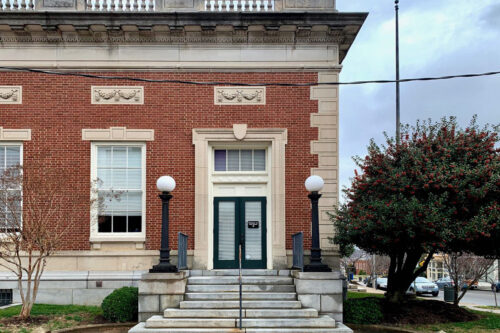

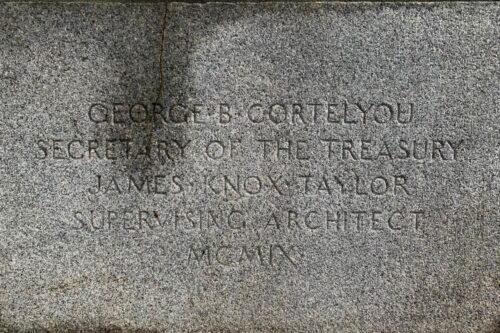
Write a Comment